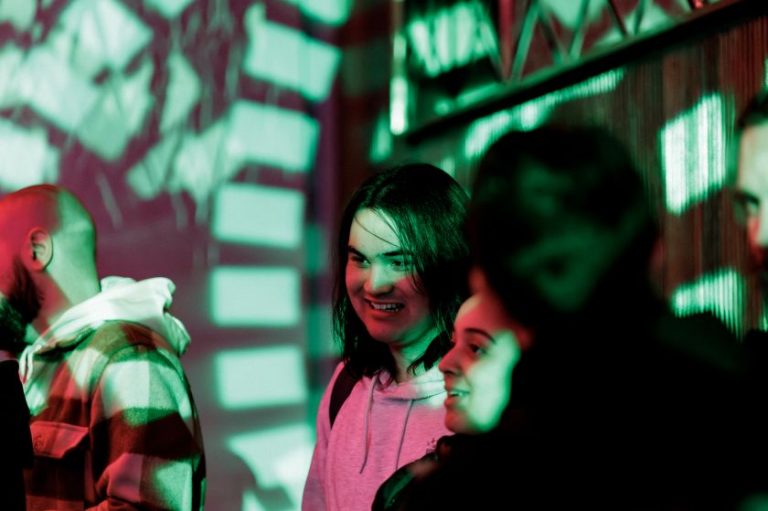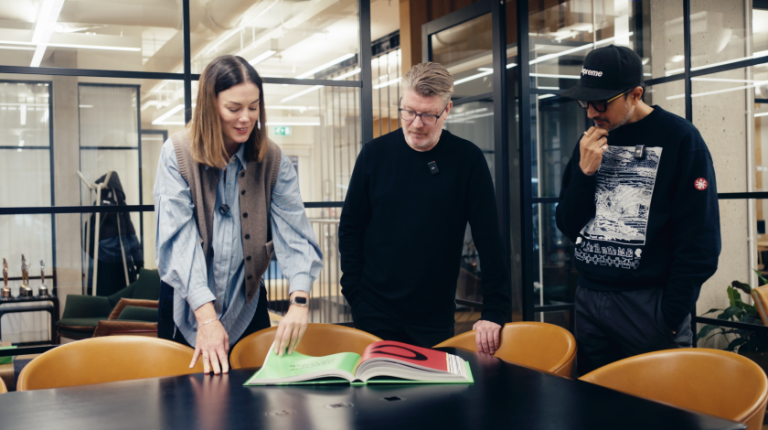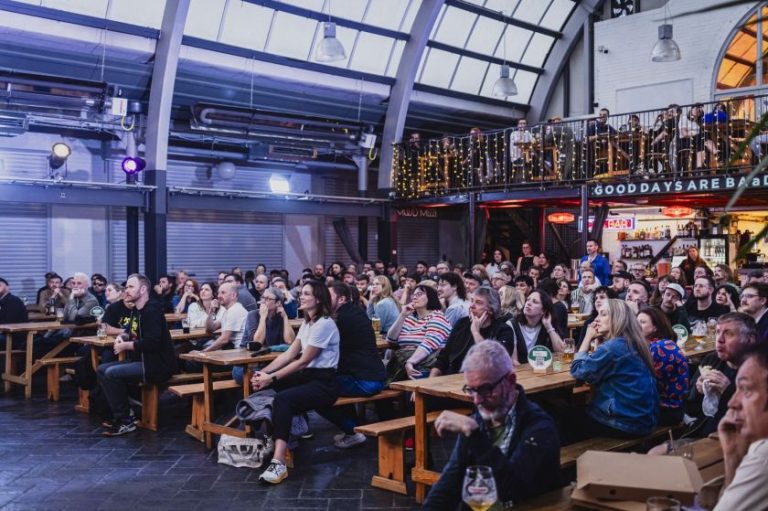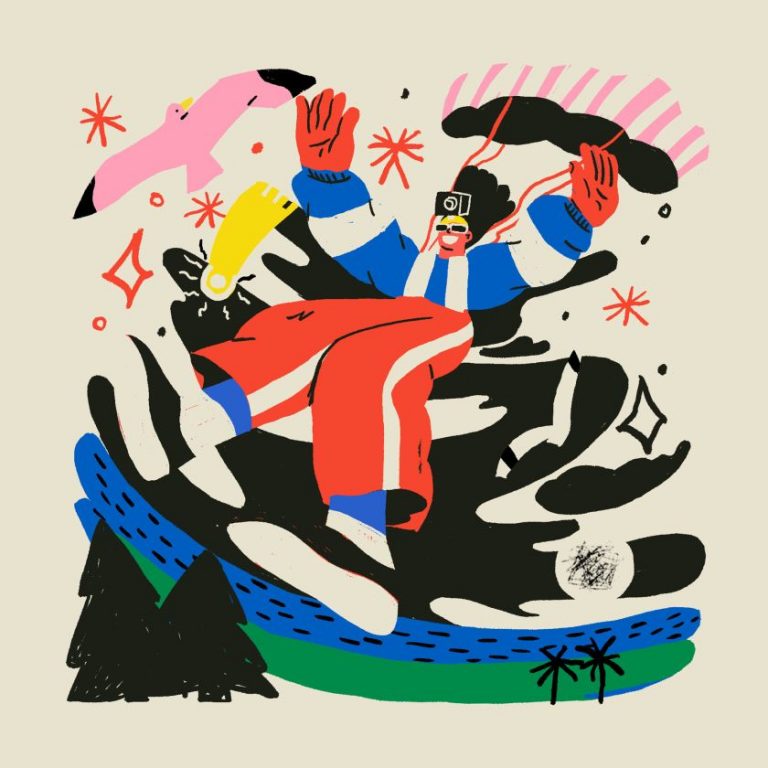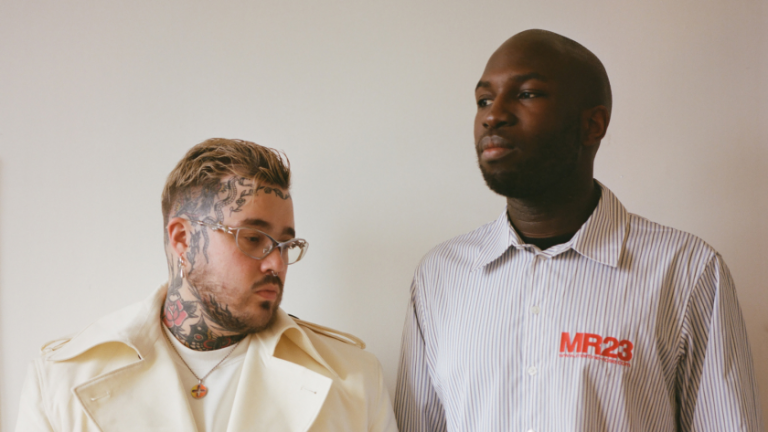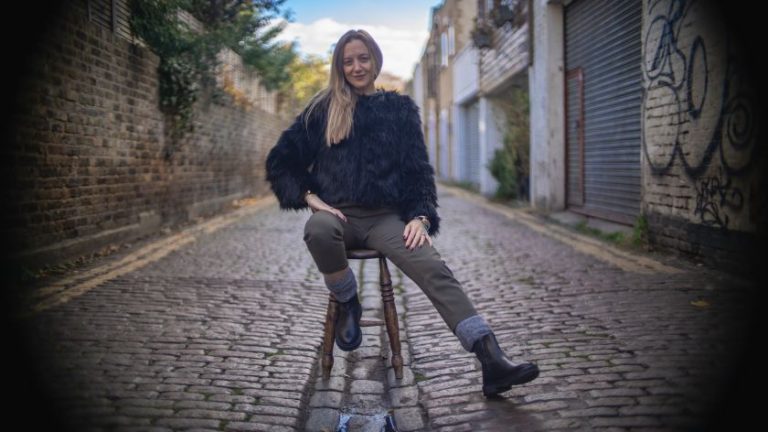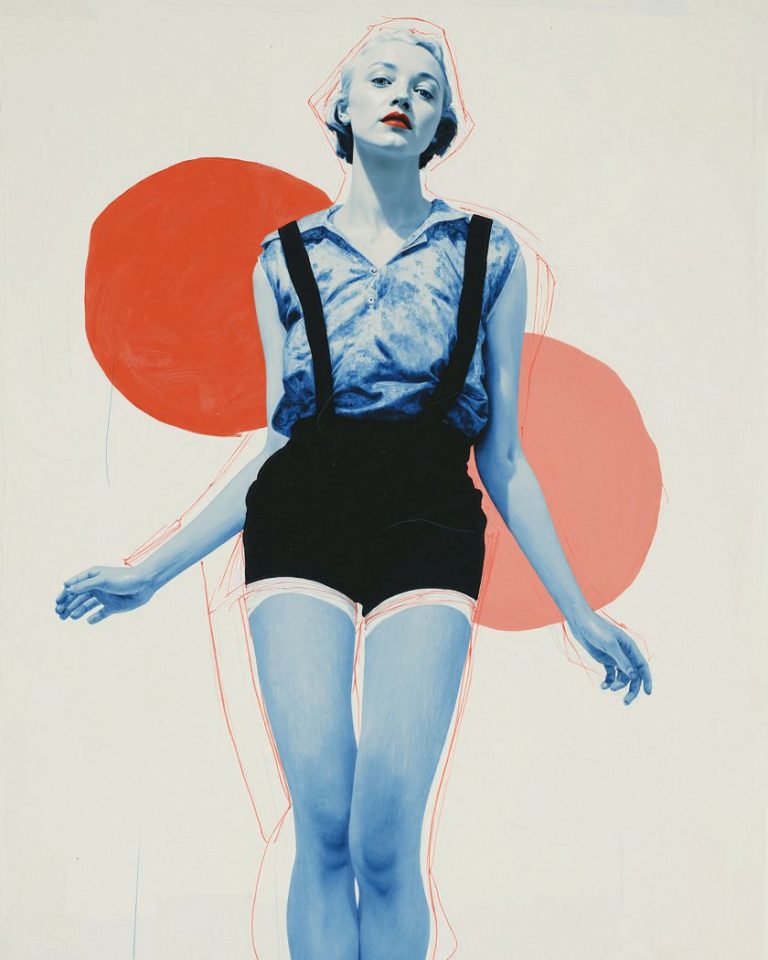Santiago Carrasquilla and Danaé Gosset travelled to Argentina with just a camera and captured something quite extraordinary in the life and work of sign painter Luis Benz.
Sometimes the most profound stories emerge from the simplest encounters. In 2019, filmmakers Santiago Carrasquilla and Danaé Gosset—both former apprentices of design legends Stefan Sagmeister and Paula Scher—embarked on what seemed like a straightforward documentary project.
Armed with a borrowed camera and fuelled by curiosity, they travelled to Argentina to film Luis Benz, a self-taught sign painter with five decades of experience working entirely by hand.
What they captured over five days would sit dormant in hard drives for nearly eight years before emerging as Luis Benz: Happiness is Achieved With Very Simple Things.
It’s a deeply moving portrait that transcends its craft-focused premise to become something far more universal. If you can, I’d urge you to take five minutes out of your day and watch it now. You won’t regret it.
The genesis of connection
The partnership between Santiago and Danaé began both professionally and personally: they were romantically involved at the time and had just completed American singer-songwriter Mitski’s music video for A Pearl, with Saad Moosajee and Art Camp. But rather than taking a break after their successful collaboration, they felt compelled to pursue another creative venture.
“We were both in this work-driven phase where we just wanted to keep making things,” explains Danaé. “So instead of resting, we jumped into another project.”
The idea for the Luis Benz film had been percolating in Santiago’s mind for years. “I met him years before,” he recalls. “And it was even in my ten-year plan when I graduated from the School of Visual Arts in New York, from Debbie Millman’s class. I’d already bought a bunch of his signs for our house, and I told Danaé the idea. She pushed us to make it happen.”
And they didn’t wait around. “I remember we were literally in a taxi on the way to the airport, still figuring out the concept,” recalls Danaé. “By the time we landed, we had settled on the idea of asking Luis to paint 50 signs for himself.”
The poetry of personal words
This concept proved to be a stroke of creative genius. Rather than documenting Luis’s commercial work, the pair invited him to turn inward and select words that carried personal meaning.
“I thought it would be interesting to have him paint words he normally didn’t get asked to paint,” explains Santiago. “Not ‘ice cream’ or ‘soda’, but something else. I was surprised by his choices. He pulled out an old dictionary and selected his favourite words, including some ancient Spanish words that are no longer in common use. On the back of each sign, he wrote the definitions.”
This inventive framework transformed what could have been a straightforward craft documentary into something far more intimate and engaging. “It came from wanting to give him a chance to make something for himself,” explains Danaé. “His work was usually for fruit shops or boats. Shifting that context felt powerful, asking him to turn inward and pick the words that carried meaning for him.”
The long road to completion
Despite the powerful material they captured, the film’s journey to completion was anything but smooth. Personal projects, as any creative knows, can be the hardest to finish—and this one carried additional emotional weight.
“One of the hardest things to do is finish personal projects, especially big ones,” admits Santiago. “This felt big: five days of shooting, a lot of footage to work through. Editing was daunting. It took us a while to even open the footage. And then, life happened. Danaé and I broke up in the middle, which kept us less motivated to work on it.”
The editing process alone took a year and a half, requiring them to find the story within hours of footage. Danaé credits Santiago’s persistence for seeing the project through: “I honestly don’t think I would’ve finished it if it were just me,” she says. “Santiago really took the project on, working with Fabián to find the story behind the footage. He shaped it into something very human, where the craft is secondary to Luis’s life. That’s what makes it powerful.”
Authenticity through simplicity
The film’s visual approach mirrors Luis’s own philosophy about happiness and simplicity. Shot on a Canon C300 with quality lenses, the cinematography captures intimate, unposed moments that feel both timeless and immediate.
“Danaé and I both took turns shooting, finding shots together,” recalls Santiago. “Because we were there all day, we caught beautiful light and these natural unfoldings of his story. For colour, we worked with a great colourist in Paris named Hadrian. We spent time shaping the footage so it felt timeless, like a memory; inspired by analogue photography.”
But the real magic happened in their relationship-building with Luis. “Every day for five days, we went to his house and just sat with him,” says Santiago. “We filmed him painting, smoking, playing music, working. He was always telling stories, always cracking jokes. Even though there was a language barrier for Danaé, it felt natural and homey.”
The trust factor
Perhaps the most remarkable aspect of the project was Luis’s immediate openness to these two young filmmakers from New York. This wasn’t just a matter of professional courtesy; it was a genuine human connection.
“I’d met Luis some years before and had already commissioned signs from him,” reflects Santiago. “But beyond that, all three of us are open, welcoming, kind people. Luis could feel that our interest in his craft was genuine. And I think he was surprised that a couple of New York kids would come all the way to Argentina just to make a film about him.”
The depth of that trust is evident in the film’s opening moments, which begin not with Luis’s craft but with his most vulnerable story—leaving home at age nine and never returning. It’s a brave editorial choice, but one that works brilliantly in grabbing the audience’s attention.
“That decision came during the long edit,” remembers Santiago. “I’m sure there was a version where he began by saying he was a letter artist. But we decided to start with the heartbreaking part: ‘I left home when I was nine.’ It felt strong. Beginning with that gave the film more heart.”
Beyond craft: The human story
While Luis is clearly skilled at his craft, the film’s power lies in its focus on the person behind the paintbrush. “It’s really about him as a person first,” observes Danaé. “The hardships of being human, of living through so much. The craft is there, but it’s secondary. What you’re seeing is a glimpse into someone’s life, with all its cracks and complexity.”
This human-first approach resonates deeply at a time authenticity feels increasingly rare. “For me, what stands out is the rawness we were able to capture,” she adds. “It felt authentic, unposed. Almost spiritual in a way; like catching a glimpse of something larger than us in these small, human moments.”
Nearly eight years after those five days in Argentina, the film stands as a testament to the power of genuine human connection and the importance of taking time to truly listen to others’ stories.
“I hope viewers see the authenticity of Luis’s life,” reflects Danaé. “He let us in, showed us his humanity, and there’s wisdom in that. To me, it’s about honouring him as a man, an artist, and someone who has lived a long and complex life. Catching that glimpse felt precious—like a reminder of the grandeur of being human.”
For creatives, it’s a reminder that the most powerful stories often exist right in front of us, waiting patiently for someone with a camera and the wisdom to simply listen.

